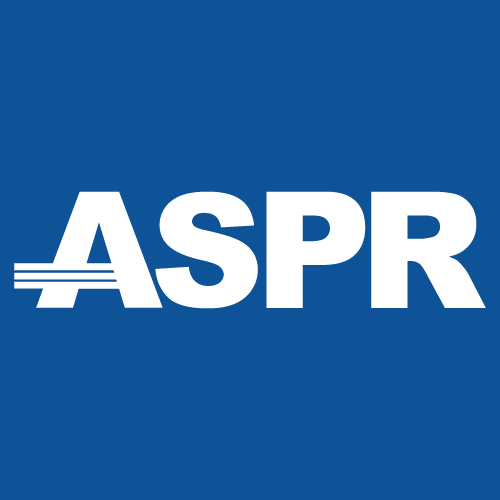Health Equity Considerations
ASPR/CDC Mpox Vaccination Operational Planning Guide - HHS Mpox Vaccination Program
When developing vaccination plans, consider the following approaches to ensure equitable distribution to all high-risk populations:
- Engage people from affected communities in planning for vaccine programs and as trusted sources of information about both mpox disease and vaccination.
- Use non-stigmatizing, plain language in all forms of communication (e.g., printed materials and in-person communication), in the preferred language of the individual.
- Reduce barriers to vaccination by allowing individuals to self-attest to meeting criteria to receive mpox vaccination prior to exposure (i.e., provide vaccine without requiring individuals to specify which criterion they meet).
- Provide plain language details about all available vaccination options and the data supporting these options in the preferred language of the individual.
- Reiterate privacy of information, how data will be used and who has access.
- Engage diverse partners already working with affected populations.
- Bring vaccines to where affected populations live and work through pop-up events and mobile outreach conveniently located in their communities and neighborhoods.
- Offer multiple opportunities and times to be vaccinated, including evenings and weekends to improve accessibility.
- Leverage clinical venues that serve people who have historically had less access to primary care, including sexual health clinics, transgender health clinics, and pharmacies.
- Use multiple channels, such as, social media, websites, television/radio announcements, or flyers to advertise and book appointments.
- Minimize the use of systems that are first-come, first-served; equity interventions that prioritize populations less able to access vaccine (e.g., low income or rural communities) should be implemented even if a first-come, first-served model is used.

